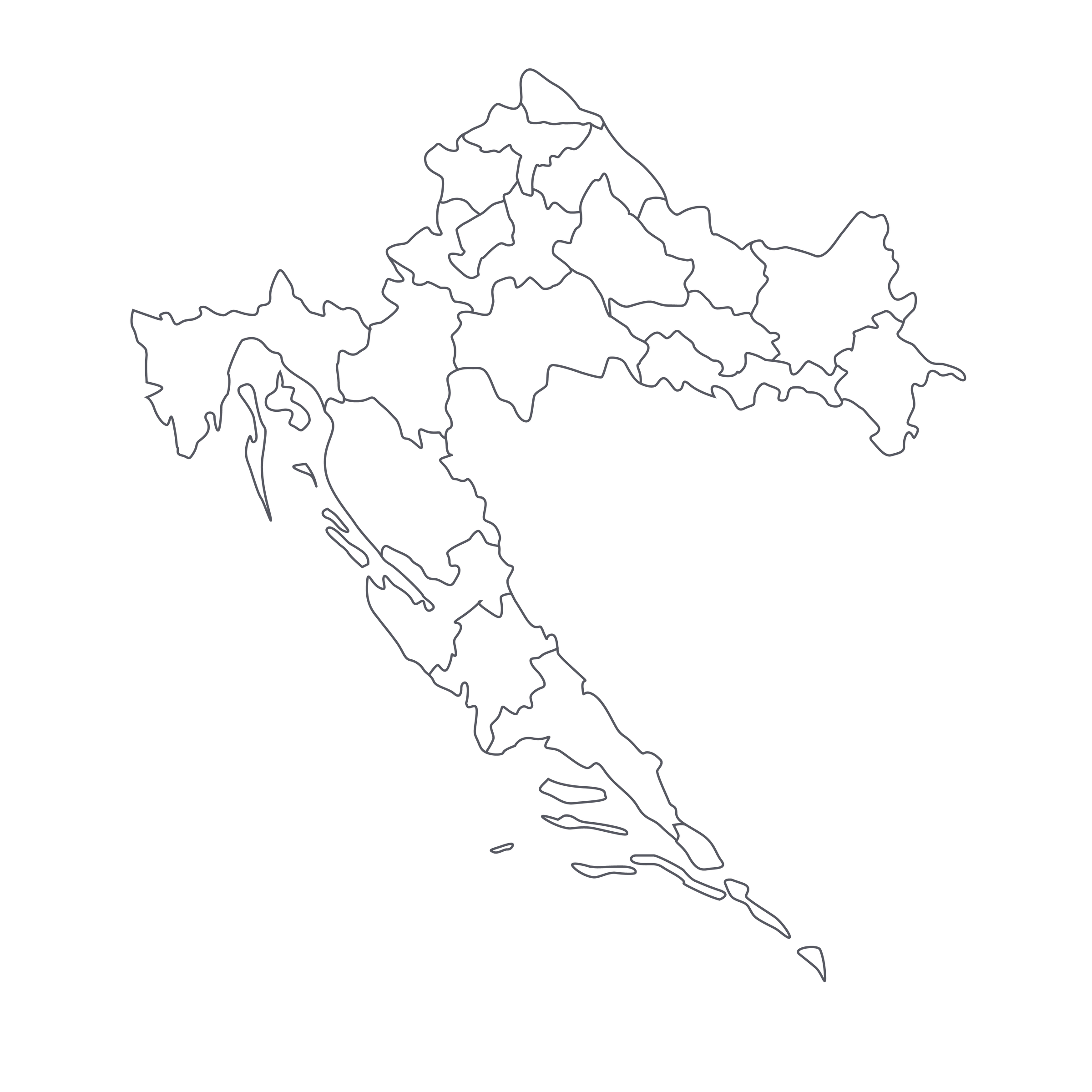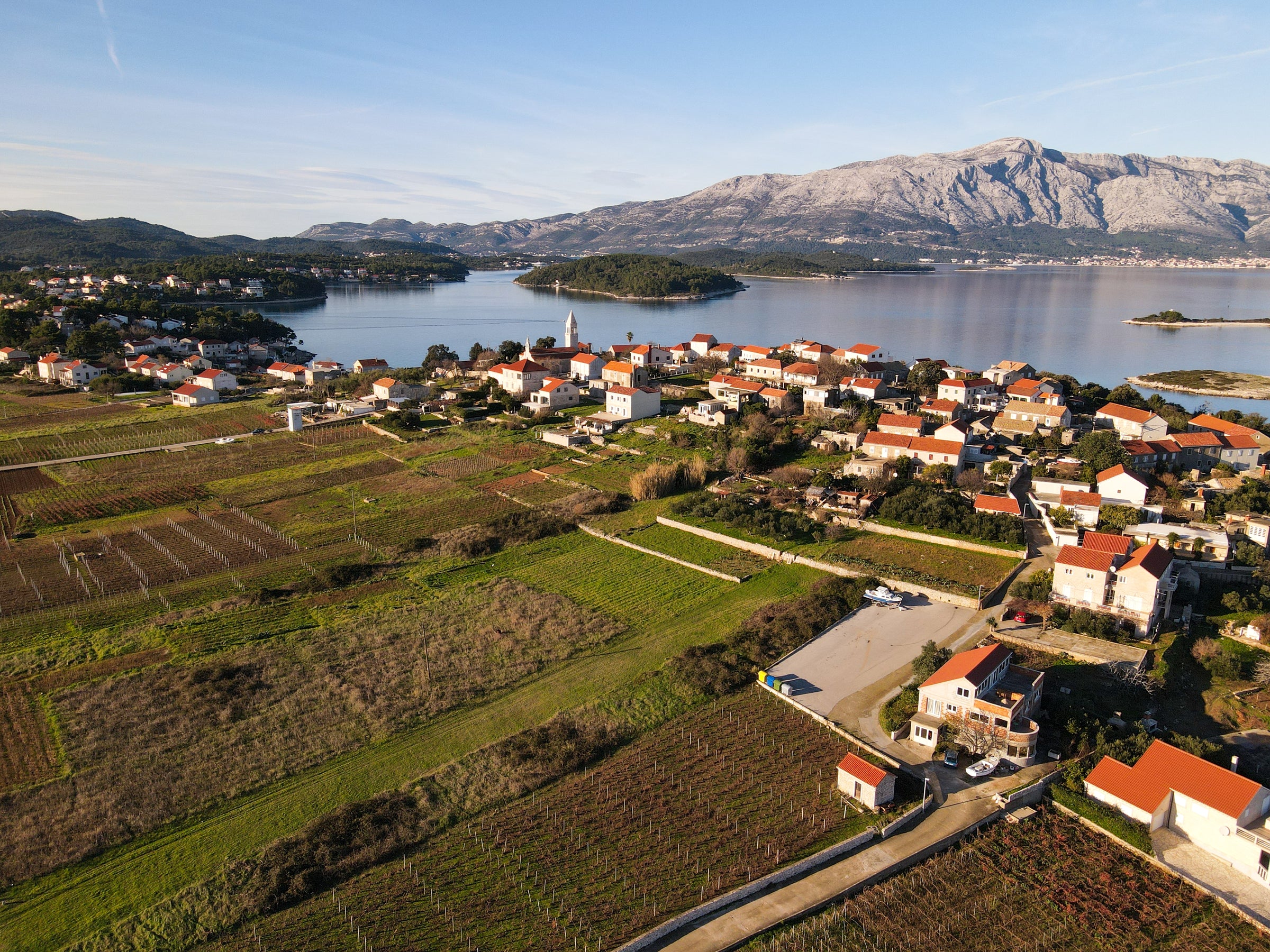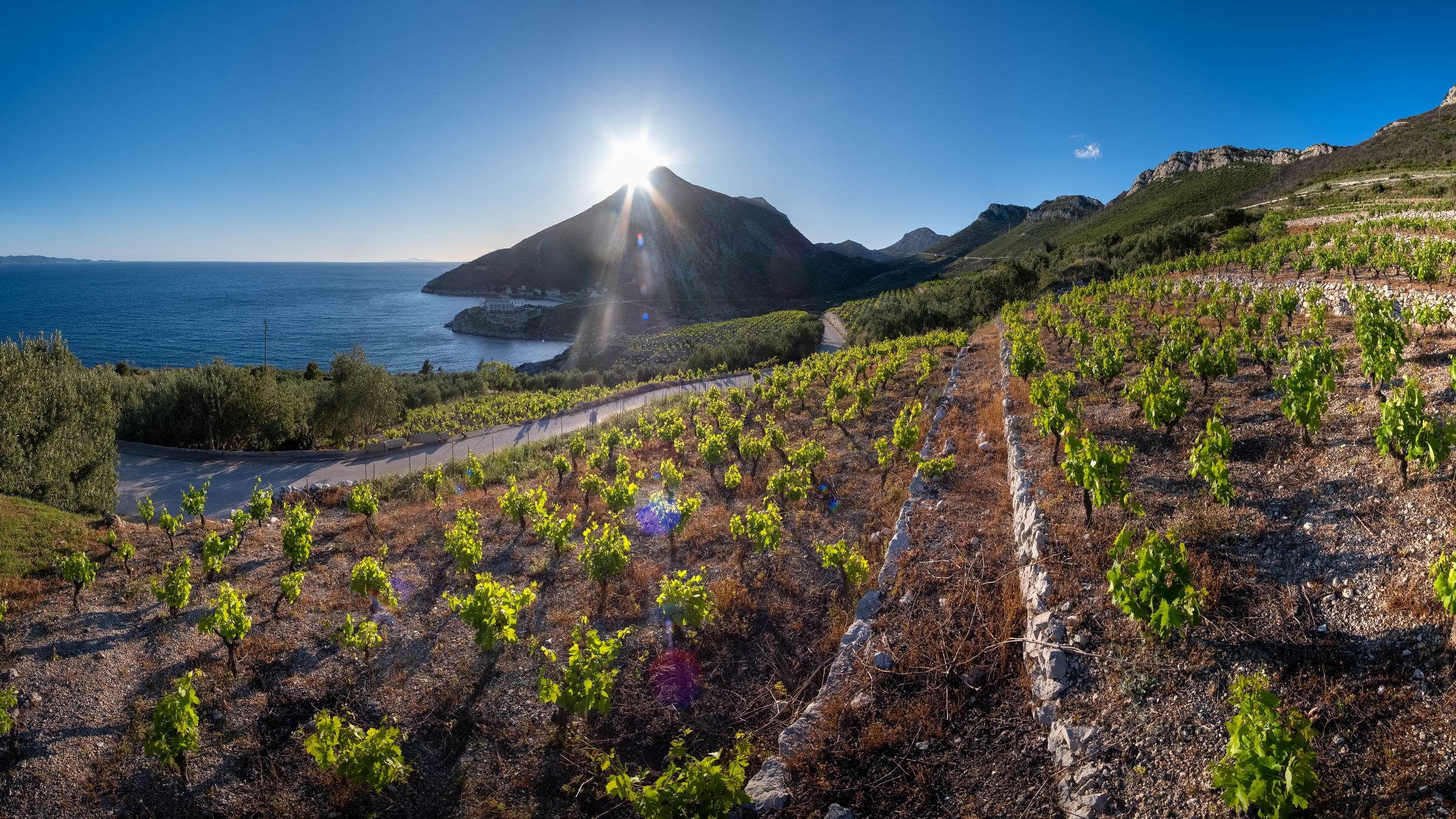Dimitri Brecevic was born in France, studied enology there, and apprenticed at wineries in Bordeaux, Burgundy, Australia, and New Zealand before he decided to launch a new project in his father’s homeland. He founded Piquentum in 2004, repurposing that aforementioned water tank and focusing on native varieties—Malvazija and the reds Teran and Refosco—in the vineyards. Buzet is a good 40 kilometers from the Adriatic, its vineyards interspersed with dense forest, and the soils are a mix of limestone marls of both a white (flysch) and rusty (karst) hue. It’s the same soil composition found further north in Friuli-Venezia Giulia, Italy, whose eastern edge was once a part of Istria.
To be clear, the Malvasia we’re talking about here is the local biotype known as Malvazija Istarska (Malvasia Istriana in Italian). The Malvasia “family” of grapes is one of the world’s largest, but the Istrian sub-variety is among the best-suited for high-quality dry whites. It’s an aromatic variety, not as assertive as Viognier or Sauvignon Blanc but leaning in that direction, and some versions take on a pleasing, beeswax-y heft without dropping too much acidity. The big marker for me is an orange blossom/orange peel aroma, which typically carries over to the palate.
Piquentum’s 2020 Malvazija was fermented on ambient yeasts in a combination of oak casks (70%) and stainless steel tanks (30%), following a three- to four-day maceration on skins. It is not an “orange” wine, but rather a brilliant golden-hued white with just the right amount of phenolic twang imparted from its time on the skins. It is bright and aromatic, with notes of orange oil, white peach, white and pink flowers, dried herbs, crushed rocks. It has nice heft on the mid-palate but also bracing acidity and a hint of sea salt on the finish (it isn’t grown close enough to the Adriatic to suggest an actual Adriatic influence, but it reads that way). That fruity/floral/salty combination is even more pronounced when paired alongside a classic dish of the region. Pull a cork soon and serve at 50 degrees in white wine stems. It will age a couple of years, but there’s no reason to wait—this is all about immediate gratification. Enjoy!






